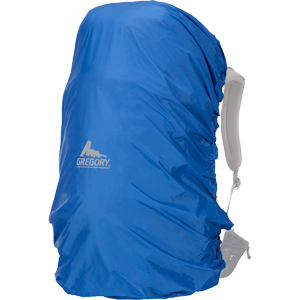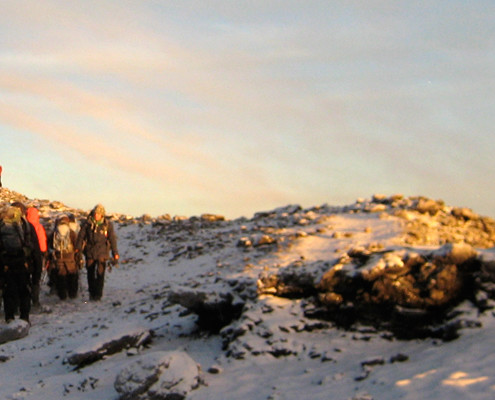This is a very important topic. Mt. Kilimanjaro is over 19,000 feet in elevation. A trek can last from 6 to 9 days in duration. A backpack is definitely needed every single day for the entire 19,341 feet.
You will want something that is functional. You will want something that fits. You will want something that is comfortable. But, where do you even start? Just read on.
Get the Right Capacity
Backpacks are often made with a specific capacity in mind. Capacity here just means the volume of space available inside a pack. If you’ve ever asked yourself the question: “How much can this backpack really hold?” You were talking about pack capacity. The best pack capacity for a Kilimanjaro trek is between 35 to 40 liters.
This liter range is ideal because Kilimanjaro trekkers typically use their packs to carry water (at least three liters), camera equipment, clothing-layers for that day and personal items. The 35 to 40 liter capacity pack easily accommodates all of this gear. Less capacity and you’ll probably be cramped for space. A greater capacity and you’ll probably be dealing with an unnecessary duffel bag on your back.
Ensure a Pack Fits Your Torso
Ensuring that a backpack fits a person’s torso is a key consideration when purchasing a pack. Why? Well, a proper fit will provide comfort and overall an easier climb. Backpack specs often indicate a specific torso length for which that pack is ideal for. Before purchasing a pack, make sure to measure your torso to ensure you are getting the right pack for your body (torso length is the distance between your C7 vertebra and the rear shelf of your hips.
For women, please note that there are women-specific packs that are specifically engineered to conform to the female frame. The torso dimensions with these backpacks are generally shorter and narrower than men’s packs. Further, women-specific packs have hip-belts and shoulder straps that are contoured with the female form in mind.
Invest in a Rain Cover
Investing in a good backpack is the first step. A second step often involves customizing your pack for your specific journey. Customization considerations may include: padding, and durability. For a Kilimanjaro trek, however, the important customization pertains to rain.
Kilimanjaro trekkers might face their fair share of rain. As a result, make sure your pack has a rain cover. Rain cover is simply an entire pack cover that helps to keep your gear dry in wet conditions. Climbing Mt. Kilimanjaro is one heck of an adventure. For most, it’s a one time deal. This is why it’s so important to make sure you have the right gear for the ascent. Consider a trusty and comfortable backpack as a very close friend for your entire journey. Be smart and pick the right friend for you.








Leave a Reply
Want to join the discussion?Feel free to contribute!